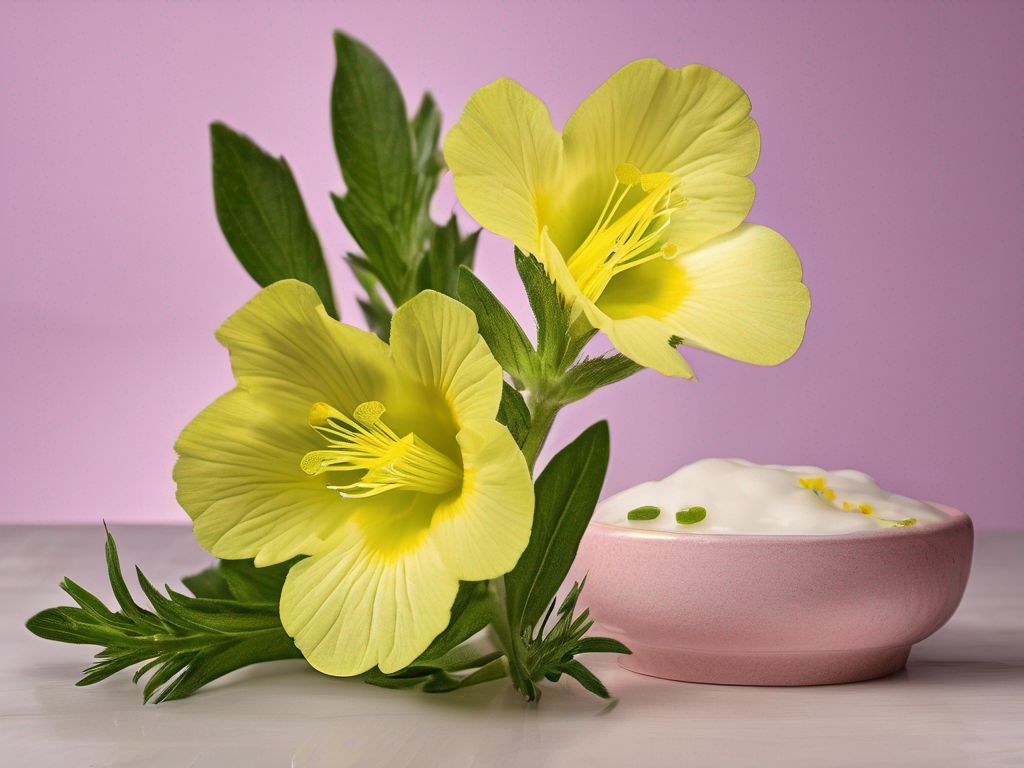
Is Your Evening Primrose Oil Still Good? How to Tell if It Has Gone Bad
Get Your Free Food Safety Cheat Sheet
30 most common foods with instant answers. Print it and stick it on your fridge—completely free!
Is Your Evening Primrose Oil Still Good? How to Tell if It Has Gone Bad
Evening primrose oil is a popular supplement known for its potential health benefits, including reducing inflammation, improving skin health, and supporting hormonal balance. However, like all perishable products, evening primrose oil can go bad if not stored properly. In this blog post, we will discuss how you can tell if your evening primrose oil has gone bad and provide practical tips on storing it to ensure its quality and safety. (Evening primrose)
What is Evening Primrose Oil?
Evening primrose oil is derived from the seeds of the evening primrose plant, scientifically known as Oenothera biennis. It is rich in gamma-linolenic acid (GLA), an essential omega-6 fatty acid that plays a vital role in various bodily functions. Many people take evening primrose oil as a dietary supplement to support overall health and well-being.
[Evening primrose](/food/evening primrose) oil is available in various forms, including capsules, soft gels, and liquid extracts. It is important to store evening primrose oil properly to maintain its freshness and potency.
Signs Your Evening Primrose Oil Has Gone Bad
Here are some common signs that your evening primrose oil may have gone bad:
1. Rancid Smell
- Evening primrose oil should have a mild, nutty aroma. If it smells foul or rancid, it is likely spoiled.
- An unpleasant odor may indicate that the oil has oxidized and is no longer safe for consumption.
2. Off-Color
- Fresh evening primrose oil is typically a pale yellow color.
- If you notice a darkening or cloudiness in the oil, it may be a sign of spoilage.
3. Unpleasant Taste
- Good quality evening primrose oil should have a mild, slightly nutty flavor.
- If the oil tastes bitter, sour, or rancid, it is best to discard it.
4. Changes in Texture
- Fresh evening primrose oil is smooth and liquid at room temperature.
- If the oil becomes thick, gritty, or lumpy, it may have gone bad.
5. Expiration Date
- Check the expiration date on the packaging of your evening primrose oil.
- Consuming expired oil may not only be ineffective but also potentially harmful.
Tips for Storing Evening Primrose Oil
To prolong the shelf life of your evening primrose oil and prevent it from going bad, follow these storage tips:
1. Store in a Cool, Dark Place
- Keep your evening primrose oil away from heat, light, and moisture.
- Store it in a cool, dark place, such as a pantry or cupboard.
2. Use Dark-Colored Bottles
- Opt for evening primrose oil packaged in dark-colored bottles to protect it from light exposure.
- Light can accelerate the oxidation process and spoil the oil more quickly.
3. Seal the Container Properly
- Make sure the bottle or container is tightly sealed after each use.
- Exposure to air can cause the oil to oxidize and deteriorate.
4. Refrigerate After Opening
- Once opened, consider storing your evening primrose oil in the refrigerator.
- Cold temperatures can help prolong its freshness and prevent spoilage.
5. Check for Quality
- Purchase evening primrose oil from reputable brands known for high-quality supplements.
- Look for certifications or third-party testing to ensure purity and potency.
In Conclusion
It is essential to be mindful of the quality and freshness of your evening primrose oil to reap its potential benefits. By following proper storage practices and being aware of the signs of spoilage, you can ensure that your oil remains safe for consumption. If you suspect that your evening primrose oil has gone bad, it is best to err on the side of caution and replace it with a fresh bottle. Remember, your health and well-being are worth the investment in high-quality supplements. (Evening primrose)
Authoritative Food Safety References
These agencies and university labs inform every tip and health precaution we publish.
USDA FoodKeeper – Cold Storage Guidelines
Official refrigerator, freezer, and pantry timelines maintained by the U.S. Department of Agriculture.
Visit USDA FoodKeeperFDA Produce Safety Rule & Grower Guidance
Field-to-fridge handling practices that prevent contamination of fruits, vegetables, and leafy greens.
Visit FDA Produce SafetyCDC Foodborne Illness Prevention Hub
Surveillance-backed guidance on pathogens, symptoms, and steps to reduce foodborne illness risk.
Visit CDC Food SafetyUC Davis Postharvest Technology Center
University research detailing optimal storage atmospheres for produce after harvest.
Visit UC Davis PostharvestPenn State Extension – Home Food Preservation & Safety
Peer-reviewed extension bulletins on safe canning, chilling, and reheating practices.
Visit Penn State ExtensionGet Your Free Food Safety Cheat Sheet
30 most common foods with instant answers. Print it and stick it on your fridge—completely free! Want more? Upgrade to the complete guide with 70+ foods.
Scan your food directly and get instant safety info using our AI-powered camera feature.